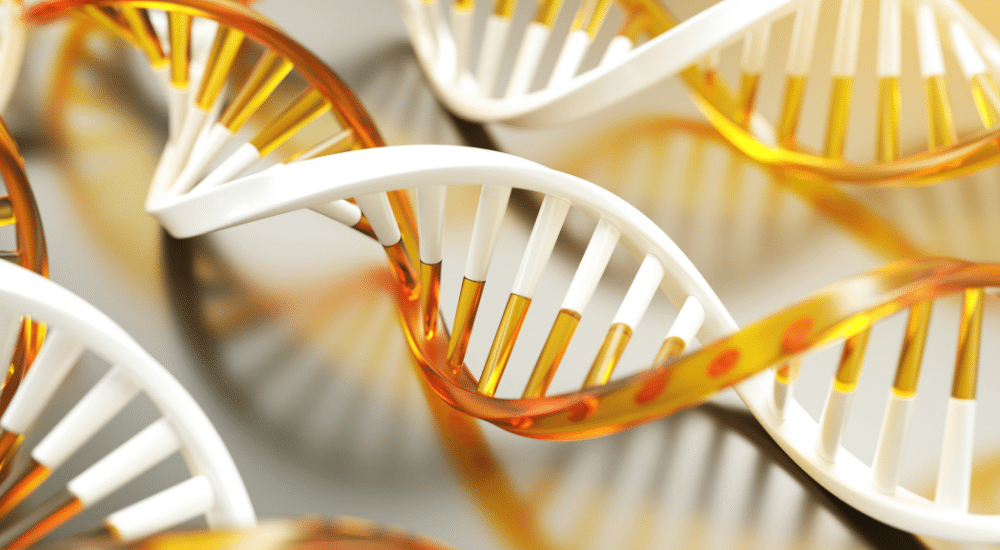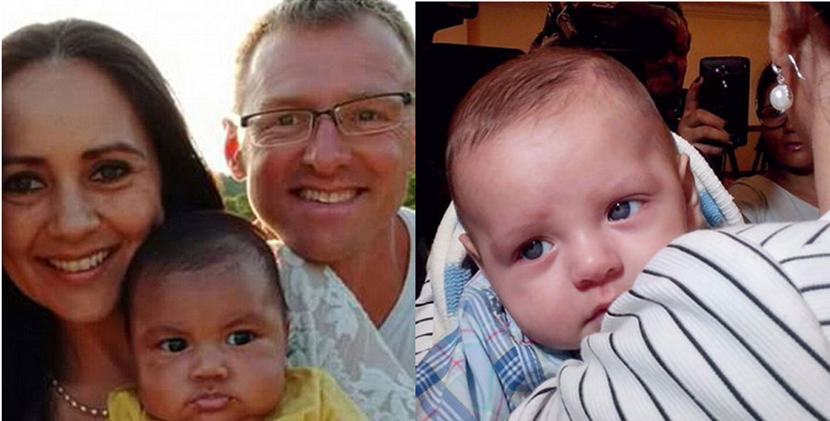If you’re going to do a DNA paternity test, no doubt you’re doing a little research ahead of time. Most people do, so that they’ll better be able to understand their results and trust that the science giving answers to their very important question is sound. As a top paternity testing lab, one of the questions we often get asked goes something like this:
“I’ve heard that junk DNA is used in this test and that worries me. What is it and why don’t you use the good DNA?”
That’s a really good question and DNA science can sometimes seem complicated, but it doesn’t have to be. Here’s a quick and simple explanation of the two main types of DNA: coding DNA and junk DNA, and why the junk type is used for paternity testing.
Coding DNA vs. Junk DNA
Coding DNA: A human being’s genome consists of a whopping 3.42 billion nucleotides, all wrapped up neatly in 23 pairs of linear chromosomes. Yet only 2% of these genes code for proteins that serve a specific function such as determining our eye color, how tall (or short) we are, the color of our skin, the size and shape of our nose, or whether we have blonde or red hair.
Junk DNA: That leaves 98% of genes that seem to have no practical function at all and is what has been, unfortunately, coined ‘junk DNA.’ For decades scientists didn’t know what it was for, and so it was assigned this unflattering name. All this matter was scattered throughout cells, seemingly at random and with no purpose. More recent research has determined that 9-80% of this type of DNA may serve a regulatory function for the genome and so really isn’t junk at all. The extent of how much these genes serve an important purpose is still in dispute in the scientific community, but the possibilities for further discovery are exciting, even if it takes decades more to reach a consensus. The “junk” name has stuck, but most scientists now prefer to call it “non-coding DNA.”
Why is Junk DNA Used for Paternity Testing?
By nature, genes are susceptible to mutation. A mutation is simply a permanent alteration in the DNA sequence found in most people. A mutation can be inherited or it can be acquired through environmental factors.
Back when reliable DNA testing was in its infancy, scientists discovered that the mutation rate in junk DNA is low. Since a child inherits half their DNA from each parent and that is true of both coding and junk DNA, using the junk variety (with fewer mutations) for paternity testing makes sense. Because a paternity test uses non-coding DNA, results can only determine identity and biological relationship and cannot tell anything else about an individual, such as their eye color.
The Bottom Line
Identity testing using junk DNA is so reliable that it is the method employed by the FBI and other law-enforcement agencies for crime-fighting purposes. In the DNA Diagnostics Center (DDC) lab, which is the parent company of the Identigene brand, we test at least 20 genetic markers, which are the same as the FBI’s CODIS core loci, to ensure the most accurate test possible. Be wary of companies who do not test at least 20 genetic markers! Scientists are just beginning to learn more about so-called junk DNA and what its purpose(s) might be in the genome. It’ll be really interesting to see what discoveries will be made about it in the near future!
What is termed ‘junk’ really isn’t, is it?
BUY A PATERNITY KIT NOW
Follow us on Facebook and Twitter! If you have questions about paternity tests or other DNA testing services, please contact our Client Support Center at 888-404-4363, Mon-Fri from 8:30 AM to 5:30 PM Eastern Time. Our friendly, expert representatives are ready and happy to help. Get answers anytime by visiting our Help Center.
Sources
Benecke, Mark, Dr. Rer. Medic. “Coding or Non-coding, That Is the Question: Having Solved the Last Technical Hurdles to Extract DNA Information from Virtually Any Biological Material, Forensic Biologists Now Have to Ponder the Ethical and Social Questions of Using Information from Exonic DNA.” EMBO Reports. Oxford University Press, 17 June 2002. Web. 20 Oct. 2016. <http://www.ncbi.nlm.nih.gov/pmc/articles/PMC1084155/>.
Hall, Stephen S. “Hidden Treasures in Junk DNA.” Scientific American. Nature America, Inc., 31 Aug. 2012. Web. 20 Oct. 2016. <http://www.scientificamerican.com/article/hidden-treasures-in-junk-dna/>.
Makalowski, Wojciech, Ph.D. “What Is Junk DNA, and What Is It Worth?” Scientific American. Nature America, Inc., 12 Feb. 2007. Web. 20 Oct. 2016. <http://www.scientificamerican.com/article/what-is-junk-dna-and-what/>.
Robertson, Sally, M.D. “What Is Junk DNA?” News-Medical.net. AZO Network, 17 Nov. 2014. Web. 20 Oct. 2016. <http://www.news-medical.net/life-sciences/What-is-Junk-DNA.aspx>.
“What Is a Gene Mutation and How Do Mutations Occur? – Genetics Home Reference.” U.S National Library of Medicine. U.S. National Library of Medicine, 18 Oct. 2016. Web. 20 Oct. 2016. <http://ghr.nlm.nih.gov/primer/mutationsanddisorders/genemutation>.









